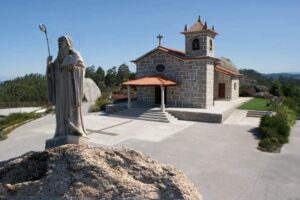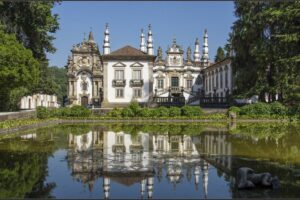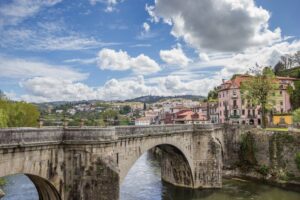
Top 10 Charming Destinations to Explore in Portugal
Explore the charming villages and towns of Portugal, from historical sites to hidden gems, each with its unique charm and beauty.
Read More 
A Fresh Perspective on Travel Every Day



















